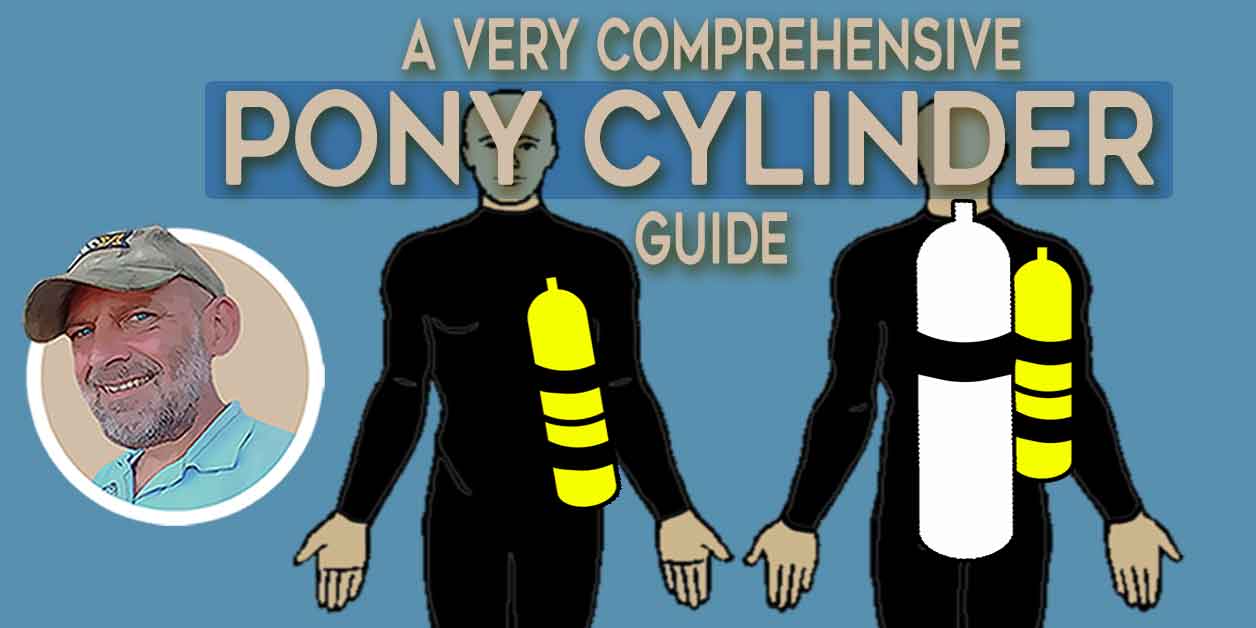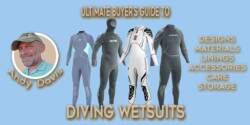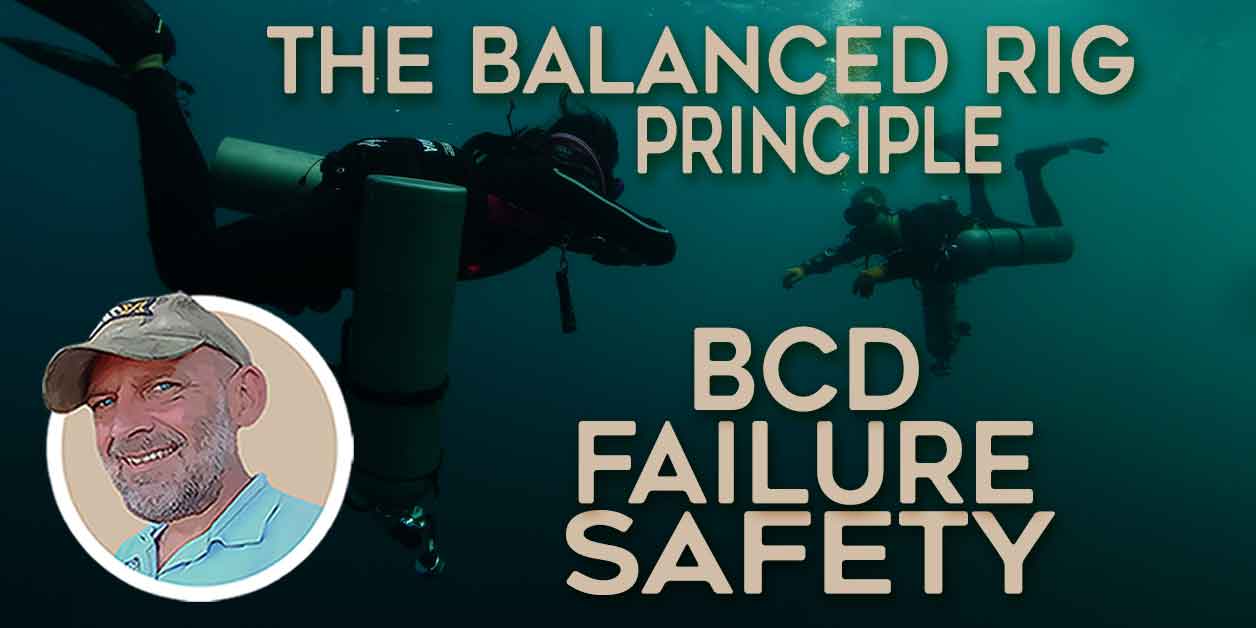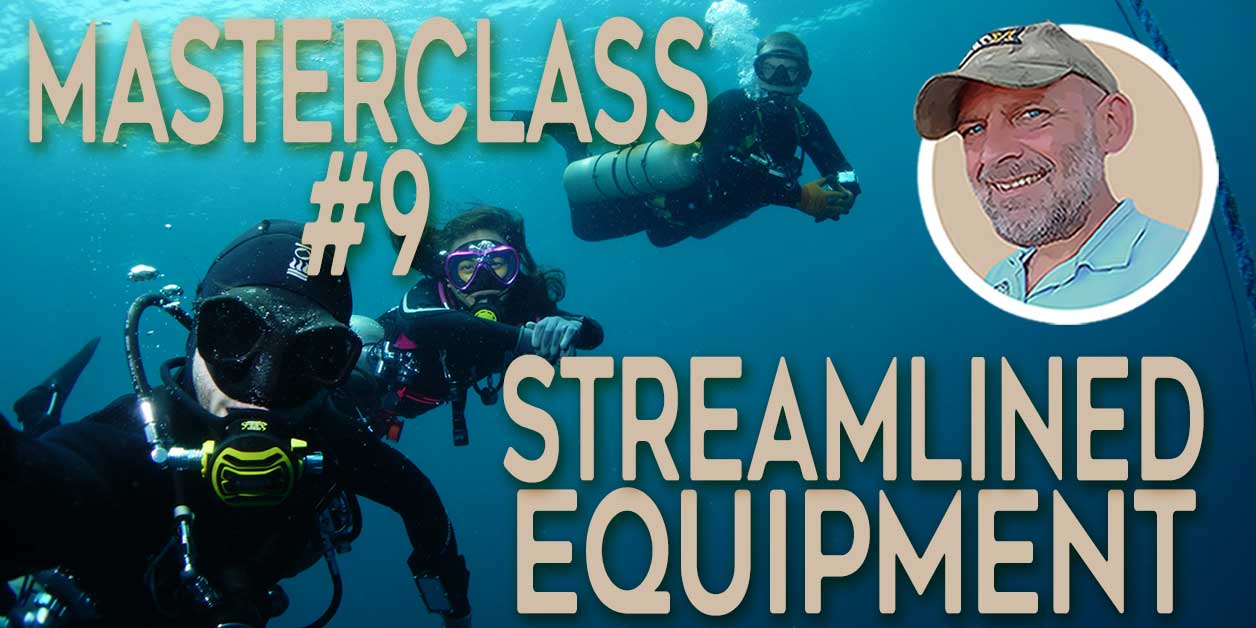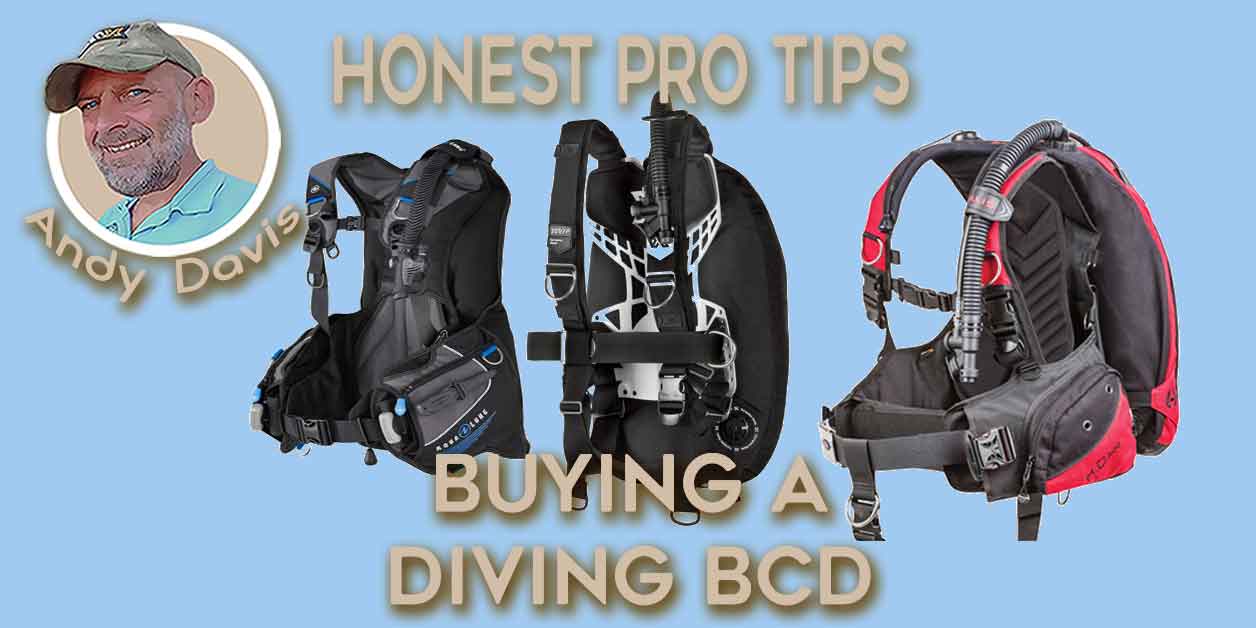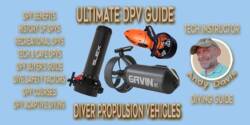Using your BCD or a Drysuit for Buoyancy Control?
As a scuba diver, buoyancy control is a fundamental skill that you need to master. When diving in a drysuit, you have several options for controlling your buoyancy, including using your BCD, drysuit, or both. In this article, we will explore the three approaches to buoyancy control for drysuit divers, their advantages and disadvantages, and my recommendations as a scuba diving instructor with 3 decades of experience.
The three approaches to buoyancy control for drysuit divers
1. Using only the BCD for buoyancy control
Many experienced divers prefer to use only their BCD for buoyancy control while adding air to the drysuit only to prevent squeeze when descending.
Many divers are already familiar with using the BCD for buoyancy control when diving with a wetsuit. The BCD is designed for this purpose and is the only equipment intended for buoyancy control. When using a drysuit, the air is only added to the suit to prevent squeeze during descent.
This method is taught to technical divers and is preferred by advanced and experienced divers. It provides better control over buoyancy but requires more skill. The diver needs to control gas expansion in their drysuit on the ascent, as well as control their overall buoyancy with their BCD. If the drysuit fails and floods, buoyancy is not instantaneously lost.
The BCD can be easily vented by extending the LPI hose or using a shoulder or hip dump valve. It can be vented in any trim; horizontal, vertical, or inverted. However, the diver must remember that drysuit gas will expand on the ascent and must be released.
Here are the advantages and disadvantages of this approach:
Advantages of using a drysuit for buoyancy control:
- Divers are already familiar with using the BCD when diving with a wetsuit.
- Buoyancy control is the sole intended purpose of a BCD.
- This method is taught to technical divers and is preferred by advanced and experienced divers.
- Better control over buoyancy.
- If the drysuit fails and floods, buoyancy is not lost.
- Easy to vent a BCD by extending the LPI hose or using a shoulder or hip dump valve.
- A BCD can be vented in any trim; horizontal, vertical, or inverted.
Disadvantages of using a BCD for buoyancy control:
- The diver needs to control gas expansion in their drysuit on the ascent, as well as with their BCD.
- Requires more skill.
- The diver has to remember that drysuit gas will expand on the ascent and must be released.
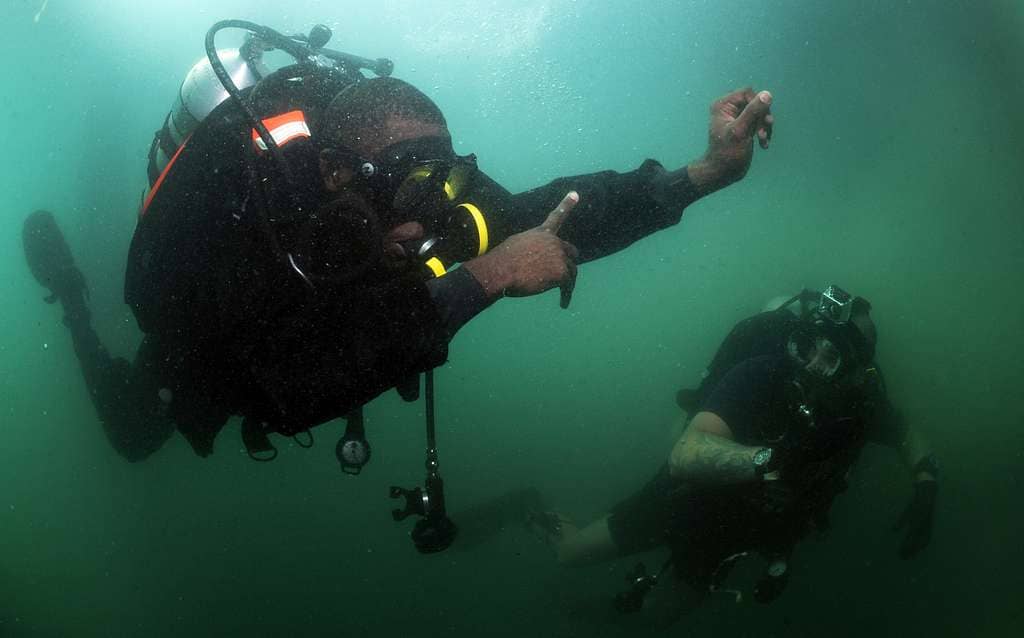
2. Using only the drysuit for buoyancy control
Some agencies teach inexperienced divers to use only the drysuit for buoyancy control during drysuit courses. This is to reduce task loading because the diver only has to control gas in one piece of equipment. In turn, there is less risk of an uncontrolled ascent if the diver forgets or cannot control their drysuit and BCD simultaneously.
However, the diver loses all buoyancy if their drysuit fails and floods. There is also more gas in the drysuit, which can migrate and interfere with trim. Drysuits are not primarily intended for primary buoyancy control, and they cannot comfortably hold as much gas as a BCD. Drysuits are also more difficult to vent than a BCD, and the gas has to be moved to the dump valve on the right shoulder or forearm. A drysuit cannot be vented if the diver is inverted or even slightly feet upwards.
Here are the advantages and disadvantages of this approach:
Advantages of using a drysuit for buoyancy control:
- Reduces task loading because the diver only has to control gas in one piece of equipment.
- Less risk of uncontrolled ascent if the diver forgets or cannot control buoyancy in a drysuit and BCD simultaneously.
Disadvantages of using a drysuit for buoyancy control:
- The diver loses all buoyancy control if the drysuit fails and floods.
- More gas in the drysuit which migrates and interferes with trim.
- Drysuits are not primarily intended for primary buoyancy control.
- Drysuits cannot comfortably hold as much gas as a BCD.
- Drysuits are more difficult to vent than a BCD. The gas has to be moved to the dump valve on the right shoulder or forearm.
- A drysuit cannot be vented if the diver is inverted or even slightly feet upwards.
3. Using both the BCD and drysuit for buoyancy control
Using both the BCD and drysuit for buoyancy control duplicates the function. As such it creates a lot of task loading and potential for confusion. For that reason, I do not recommend it. Additionally, both pieces of equipment cannot be vented simultaneously in an uncontrolled ascent emergency.
My recommendations on using a BCD or Drysuit for buoyancy control when diving
After considering the advantages and disadvantages of using a BCD or drysuit for buoyancy control, I would recommend using the BCD for primary buoyancy control and only adding gas to the drysuit to avoid squeeze. Here are some reasons why:
- The BCD is solely intended for buoyancy control, whereas a drysuit is intended for thermal protection. Using the BCD for primary buoyancy control allows the diver to utilize the equipment for its intended purpose, which can increase safety and efficiency during the dive.
- Using the BCD for buoyancy control provides better control over buoyancy, especially during ascent.
- However, the diver will also need the ability to respond to gas expansion in their drysuit on the ascent, as well as control buoyancy with their BCD. This requires more skill, but with practice and training, it can become second nature.
- Drysuits fail and flood more frequently than BCDs. There is less risk of a sudden total buoyancy control loss and uncontrolled descent when using a BCD.
- It is easier to vent a BCD by extending the LPI hose or using a shoulder or hip dump valve. A BCD can be vented in any trim; horizontal, vertical, or inverted. This can be particularly beneficial in emergency situations where the diver needs to quickly release gas and maintain control over their ascent.
- While using the drysuit may reduce task loading, the underlying issue is a weak skillset. That is best addressed through training, rather than making compromises with your equipment and approach to diving.
The importance of practice to develop your skillset
If you choose to use the BCD for primary buoyancy control, it’s important to practice ascending with control over both pieces of equipment. High-quality scuba diving instructors can train divers sufficiently to allow ingrained muscle memory when operating their equipment.
Develop ingrained muscle memory to improve situational awareness
When equipment operation is ingrained as muscle memory, the task loading of the operation is reduced substantially. In turn, this allows greater situational awareness. That situational awareness creates the capability to monitor and understand how both the BCD and drysuit are contributing to buoyancy at any given time.
The quality of your drysuit course makes a big difference
It’s also essential to choose a high-quality drysuit course where the instructor will allocate time and perform drills to develop ingrained muscle memory operating the drysuit. This allows the BCD to be used safely and reliably for primary buoyancy control. If struggling with buoyancy control, fix fundamental skills deficits before seeking to add a drysuit to your equipment configuration.
Ultimately, the choice of using a BCD or drysuit for buoyancy control is dependent on the individual diver’s experience level, comfort level, and familiarity with their equipment. By regularly practicing buoyancy control skills and staying familiar with their equipment, divers can confidently and safely control their buoyancy in any diving condition.
Tips for buoyancy control as a drysuit diver
- It’s important to note that the choice of using a BCD or drysuit for buoyancy control is highly dependent on the individual diver’s experience level, the quality of their training, and familiarity with their equipment.
- Inexperienced divers may find it easier to use the drysuit initially, as it reduces task loading and allows them to focus on other aspects of their dive. However, as they gain more experience and develop their buoyancy control skills, they may find it more beneficial to switch to using the BCD for primary buoyancy control.
- It’s also worth considering the diving conditions and dive plan when choosing which method to use. For example, if diving in cold water with multiple layers of insulation, the drysuit may already have a significant amount of gas in it, making it more difficult to add additional air without becoming ridiculously bloated. In this case, using the BCD for buoyancy control may be a more practical option.
- Finally, regardless of which method is chosen, it’s essential for divers to regularly practice their buoyancy control skills and stay familiar with their equipment. This includes conducting regular buoyancy checks throughout the dive, monitoring depth and ascent rate, and being able to quickly and efficiently vent gas from their drysuit or BCD if necessary. With regular practice and training, divers can develop the muscle memory and situational awareness needed to confidently and safely control their buoyancy in any diving condition.
The decision to use your BCD or drysuit for buoyancy control
In conclusion, buoyancy control is an essential skill for all scuba divers. When using a drysuit, there are three approaches to buoyancy control:
- Using only the BCD
- Using only the drysuit
- Both the BCD and drysuit
While each method has its benefits and drawbacks, using the BCD for buoyancy control and only adding gas to the drysuit to avoid squeeze is the optimal method.
However, this method assumes that the diver will be competent in BCD buoyancy control and will remember to vent expanding gas from their drysuit on the ascent.
Using the drysuit for primary buoyancy control is only taught because certain dive training agencies have low expectations of diver competency.
Here are the five key takeaways from this article:
- Buoyancy control is an essential skill for all scuba divers, especially when using a drysuit.
- Using the BCD for buoyancy control and only adding gas to the drysuit to avoid squeeze is the optimal method.
- Using the drysuit for primary buoyancy control is only recommended for inexperienced divers.
- Higher-quality drysuit training enables the optimum approach to be utilized.
- Fix fundamental skills deficits before seeking to add a drysuit to your equipment configuration if struggling with buoyancy control.
By following these recommendations and ensuring you have sufficient training and practice, you can safely and confidently control your buoyancy while diving with a drysuit. Remember to prioritize your safety and always dive within your limits. Happy diving!
About The Author

Andy Davis is a RAID, PADI TecRec, ANDI, BSAC, and SSI-qualified independent technical diving instructor who specializes in teaching sidemount, trimix, and advanced wreck diving courses.
Currently residing in Subic Bay, Philippines; he has amassed more than 10,000 open-circuit and CCR dives over three decades of challenging diving across the globe.
Andy has published numerous diving magazine articles and designed advanced certification courses for several dive training agencies, He regularly tests and reviews new dive gear for scuba equipment manufacturers. Andy is currently writing a series of advanced diving books and creating a range of tech diving clothing and accessories.
Prior to becoming a professional technical diving educator in 2006, Andy was a commissioned officer in the Royal Air Force and has served in Iraq, Afghanistan, Belize, and Cyprus.
In 2023, Andy was named in the “Who’s Who of Sidemount” list by GUE InDepth Magazine.
Purchase my exclusive diving ebooks!
Originally posted 2018-03-07 23:54:30.








